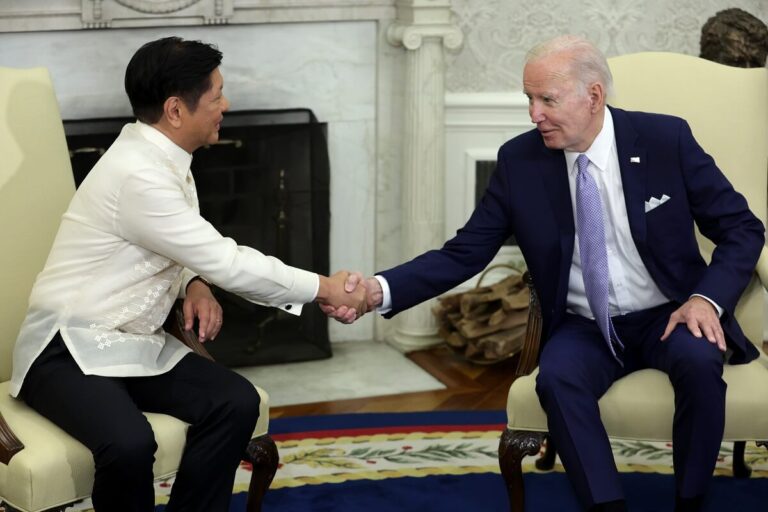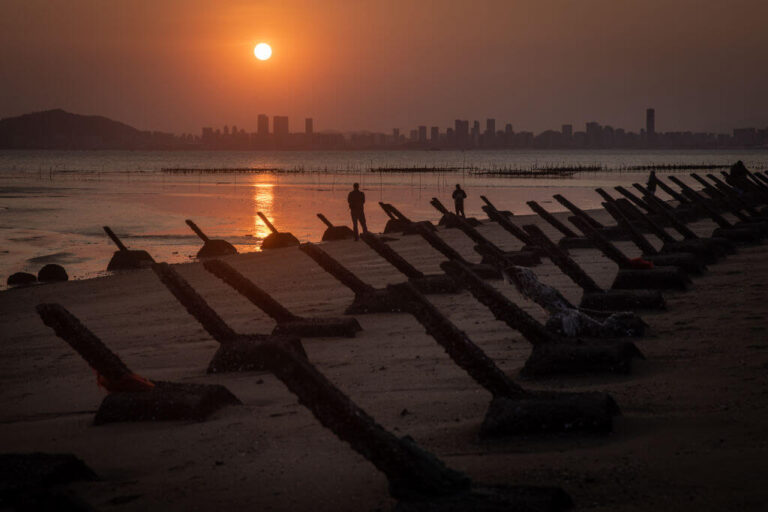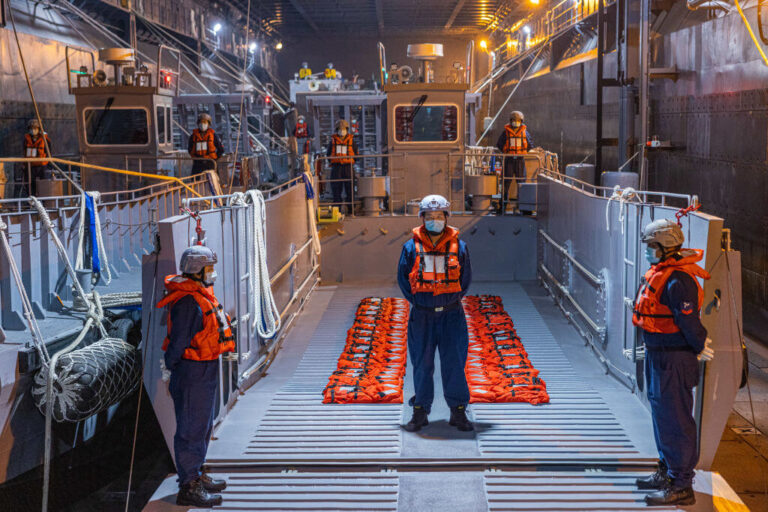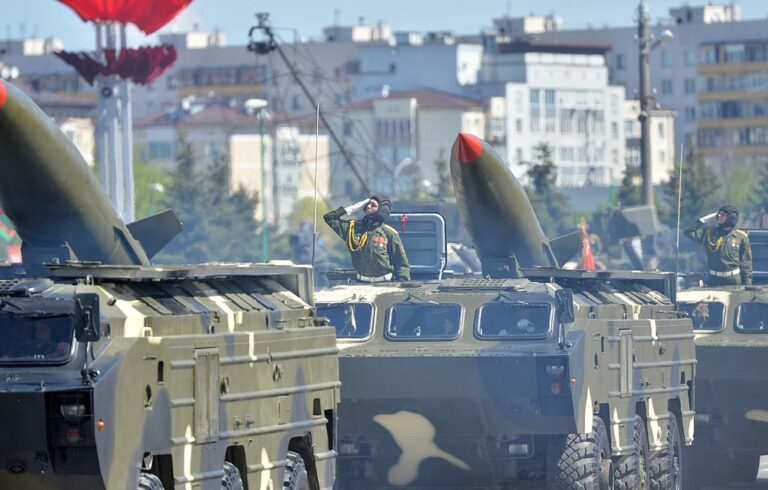Source: Discover Poland Magazine in the UK
"The three most astonishing things of the past half-century are the Blues, Cubism and Polish vodka." ~ Pablo Picasso
It used to be that vodka, the fierce clean alcohol, was thought of as a drink so rough it would start with an innocent tingle in the back of the throat and quickly build into a bitter, slow-burning inferno deep down in the belly. This international image of a cheap, gut-burning and brain-blasting booze, however, is long out of day, as today’s vodka producers in Poland and other countries bring the palate a smooth and sophisticated reinvention of the strong stuff. These days, vodka is heralding a new realm of luxury as consumers and connoisseurs all around the world are beginning to savour the unique quality, character and flavour of the distinctive Polish drink.
Polish or Russian?
Vodka isn’t only embedded in Polish national identity because some countrymen like to swill a quick shot morning, noon and night, but because its origins are rooted in Poland. Yes, that’s right: Poland is the birthplace of vodka. Or so the Poles say. Despite Poland and Russia claiming the 'invention’ of the spirit for themselves, historically, the genesis of the colourless liquor made from various grains such as barley, rye, or corn, is shrouded in mystery.
What is known is that the pure version of the clean spirit, containing 100% alcohol, made its way from the Arabs or the Italians (who called it aqua vitae, 'the water of life’) around the 9th century. It was credited at the time with powerful medical assets, being an effective antiseptic and trusty anesthetic potion, as well as a reliable fluid for cleaning cutlery and jewellery and curing foot odor. With the advent of distilling technology, sometime in the beginning of the 15th century, aqua vitae was purified to create a softer version suitable for consumption. The problem is that the Poles lay claim to first using the distilling process, while the Russians believe it was their big eureka-idea to take the edge off the vile spirit. Historians have no hard evidence to prove either country right or wrong, so for now, the truth is still out there.
In Poland, the first viable record of vodka appeared in 1405, in the small royal town of Sandomierz. Grain-based vodka production began in small quantities on a city-by-city basis, but by the end of the 16th century, the nation’s taste for the spirit was well-whetted. With the heartfelt endorsement of King Jan Olbrach, the distillery process started up on a vast scale, especially in and around the southern Polish city of Kraków and the Silesian town of Poznań, which had a total of 498 functioning 'spirit boilers’ by 1580. Vodka production soon became a high-profit venture which not only led to the country’s first taxing fees 'for cooking spirits in the villages’ but also large-scale exports to Denmark, Germany, England, Austria, Hungary, Ukraine and the Netherlands.
Poland continued to be swept by vodka-fever in the following centuries as technological advances allowed the creation of higher purity and higher alcohol content through multiple distillations, and potatoes superseded grains like rye , making vodka production even more profitable. The Soviet-inflicted prohibition-like period of the late-20th century led to the creations of several moonshine alcohols, but vodka remained a national staple. Today, vodka still reigns supreme on the local liquor landscape, accounting for over 90% of the spirits market consumption. Aside from Russians and other Central European countries, Poles knock back the most vodka in the world: over 260 million litres each year. In a nation of 38 million, that’s a little over 10 litres per person of legal age.
Booze Battle
Vodka was late in leaving Eastern Europe and Northern Europe: the vodka phenomenon spread like wildfire across the Western world, first entering the massive American market in the 1940s, through the astute marketing of the once Russian, now British-owned Smirnoff brand. As a colourless and odorless drink (advertised by Smirnoff as 'White Whiskey – No taste. No smell’), vodka first became popular for its neutral flavour and good mixer properties, playing well with virtually every available alcohol and juice. By the 60s and 70s the Western vodka-drinking culture, led by the ever-increasing cocktail craze, fueled the demand for affordable, medium- to low-quality, vodka brands.
Jumping on the lucrative bandwagon, liquor producing companies across Europe began flooding the market with new varieties of tasteless, mediocre vodkas. This commercialisation of the spirit inevitably led to the so-called ’European Vodka Wars’ of 2006, in which traditional vodka-making countries – such as Poland, Russia, Ukraine, Finland, Sweden, Estonia, Lithuania and Estonia – requested that the European Union to make a clear-cut definition of which hard liquors could actually be called 'vodka’. These 'vodka purist’ nations wanted a definition that would limit the 'vodka’ brand to an 'alcoholic beverage derived from cereals or potatoes’, while the 'vodka liberalisers’ (a group that included France, Austria, Great Britain and the Netherlands) fought for a more liberal definition, which took in ingredients such as beets, grapes, citrus fruits and molasses. A serious blow to vodka purists, the EU ruling stated that vodka can be made from any ingredient, as long as the bottle clearly labels all elements used.
Pure and Powerful
Not to be left behind or threatened by the ever-growing vodka market, established Polish favourites such as Belvedere, Chopin and Wyborowa made the conscious decision to redefine their local and international images as authentic, elegant and luxurious brands with an age-old heritage; their aim was to not be confused with brands they thought of as cheap vodka imitators – they determined to be seen as the 'real thing’. Entering the American market in 1996, Millenium Import LLC introduced Belvedere rye vodka as a premium luxury product (costing twice as much as other upmarket brands), which created a new standard of sophistication and excellence in the luxury vodka segment. The next year, Belvedere’s success was followed by the introduction of Polmos Siedlce’s potatoe-based Chopin vodka, that captured the essence and spirit of renowned Polish composer Frederic Chopin. Both Belvedere and Chopin vodkas are distilled four times to remove all impurities and are praised for their complex taste and texture, individual smoothness and sleek, frosted packaging. By showing the spirit’s stylish and swankier side, these brands not only spearheaded the premium vodka category (the fastest growing segment of the hard liquor market), but also reestablished the prestige of Polish vodkas.
Another Polish brand focused on changing the 'lowbrow’ reputation of Polish vodkas is Wyborowa (literally 'exquisite’), a pure single-ingredient vodka, distilled from the rye grain grown in the small Polish village of Turew. The brand’s latest Europe-wide advertisement campaign highlights the spirit’s Polish origins, declaring that “the facts are incrontroWertible. The authentic vodka comes from Poland and is called Wodka. There is no V in Wodka. May the truth preWail!”. The advertisements’ cheeky, finger-pointing style compliments the brand’s playful taste profile, one that is well-rounded but still extremely smooth, strong but not overpowering. Wyborowa is also leading the rapidly expanding flavoured vodka segments, turning out upscale infusions boasting flavours such as pineapple, rose, almond, peach, orange and apple.
Other brands meeting the highest super-premium standards include the quadruple distilled Sobieski Vodka (named after Polish King Jan III Sobieksi), the cereal-based Królewska Vodka (produced by hulking distillers, Polmos Zielona Gora) and the luxury potato-based Luksusowa Vodka.
Neat or Naughty
Traditionally, the most enjoyable way to drink vodka is neat and chilled, chasing the shot with sour cucumbers, salty herring, or pickled mushrooms. It can be both a potent aperitif and a helpful digestive, or just a soul-warming drink when the cold is biting and the days are long. But in the past two decades, the changing tastes and preferences of Polish consumers – triggered by the bar and cocktail culture increasingly attracting a younger, female audience – have pushed Polish producers to tone down the 'hard liquor’ image by introducing new concepts such as fruit-flavoured vodkas and pre-mixed drinks such as Bacardi Breezer and Smirnoff Ice. As cocktail artistry and culture become more and more mainstream in Poland’s urban centers, bar and restaurant owners throughout the country are eager to cash in on the trend by experimenting with creative vodka-based concoctions. But, with the vodka competition heating up and modern distilling methods developing and improving both the quality and style of vodkas, Polish producers are hard-pressed to show new ways of connecting with the ever-widening crowds of vodka enthusiast and connoisseurs.
Familiarise yourself with some of Poland’s best vodkas, all of which are available in the UK. Grab a Pole and ask them about the role of vodka at Polish weddings: it’s quite an education!
Sobieski
A highbrow brand catering to mainstream drinkers, Sobieski vodka blends authenticity with modernity and proves that vodka can indeed be sophisticated. This delicate vodka is made from golden Dankowski rye grains in the Mazowse fields located around the central part of Poland. As are most Polish vodkas, it’s best consumed straight out of the freezer, but its softness and subtlety is an ideal cocktail base for drinkers with a more sensitive palate.
Goldwasser
This stalwart of the vodka community, distilled in the Baltic seaside city of Gdańsk since the 16th century, raises eyebrows at first sight, as twenty-three carat gold flakes float inside the potent liquor. The spirit was created by Dutch immigrant Ambrose Vermollen by combining over twenty herbs and roots (including cinnamon, lavender, cardamom and thyme) and laced it with golden lucky-charm leaves. Enjoy this elixir neat, or on the rocks.
Żubrówka
Arguably Poland’s most-loved and most flavourful vodka brand, Żubrówka is a genuine rye-based vodka specialty, infused with a blade of Bison Grass grown in the country’s eastern Białowieża Forest. Consumed straight up, its delicate aroma and herbal flavour warms the cockles of the heart on a grey, dull day. A tongue that would like to venture into a variety can also mix one part Żubrówka and two parts ice-cold apple juice to create 'Tatanka’ (apple pie), a deceptively strong concoction.
Wyborowa
Ordering up a shot of Wyborowa vodka (’exquisite’ vodka) is a sure-fire way to impress the pants off that certain Polish someone or seal the deal with an important business partner. Clear as a mountain stream, this quadruple distilled tipple has an exceptionally fresh and smooth taste that reflects its well-honed 200-year-old heritage. Wyborowa is relished in communion with cocktails like the Cosmopolitan, Long Island Ice Tea, Black Russian, Screwdriver and a variety of martinis.
Text by Anna J. Kutor











